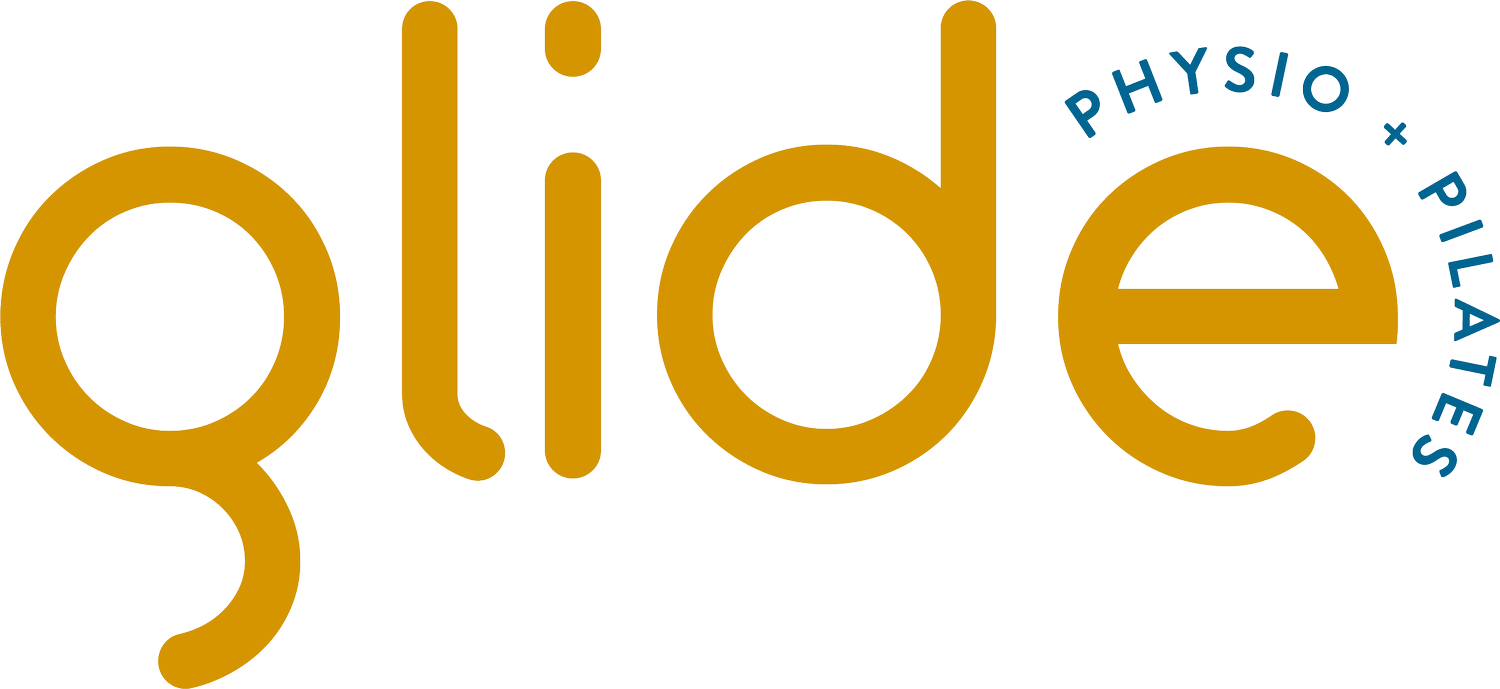Strengthening Bones Safely: Pilates, Weight-Bearing Exercise & Osteoporosis Prevention
As a physiotherapist and Pilates rehabilitation practitioner, I see daily the transformative impact of exercise on musculoskeletal health. Osteoporosis, a condition characterised by decreased bone density and increased fracture risk, is a concern for many, not just the elderly. However, exercise, including Pilates and weight-bearing activities, can play an important role in both the prevention and management of osteoporosis.
Understanding Osteoporosis:
Osteoporosis can affect anyone across the lifespan, from adolescents to the elderly. While age-related bone loss is often more pronounced in later life, other factors such as hormonal imbalances (hello menopause!), medication use, and lifestyle choices can predispose individuals to osteoporosis at any age. Therefore, it's crucial to adopt preventive measures early on to safeguard your bone health throughout your life.
Preventing Osteoporosis:
Prevention is key in tackling osteoporosis, regardless of age. By adopting a proactive approach that incorporates regular exercise, adequate calcium intake, and vitamin D supplementation, you can reduce your risk of developing this condition. Weight-bearing and resistance exercises in particular, have been shown to enhance bone health and reduce fracture risk.
The Role of Exercise in Bone Health:
Research has consistently demonstrated the beneficial effects of exercise on bone density and strength. Weight-bearing activities, such as walking, jogging, and dancing, exert mechanical stress on bones, stimulating bone formation and remodelling. Resistance exercises, including weightlifting and resistance band training, promote bone adaptation by inducing muscle tension, which in turn exerts force on bones, triggering osteogenesis (aka new bone formation).
Brisk walking, stair climbing, and gardening can stimulate bone formation.
Evidence Supporting Weight-Bearing and Resistance Exercise:
Numerous studies have underscored the efficacy of weight-bearing and resistance exercise in improving bone density and reducing fracture risk. For instance, a meta-analysis published in the British Journal of Sports Medicine concluded that weight-bearing and resistance exercises significantly increased bone mineral density in postmenopausal women, thereby reducing their risk of osteoporotic fractures.
Research has also shown that multi-modal exercise interventions, encompassing a combination of weight-bearing, resistance, and impact-loading (eg. jumping) exercises, are more effective in enhancing bone density than single-modality approaches. By incorporating diverse exercises that target different muscle groups and bone-loading patterns, you can maximise your bones’ osteogenic response and optimise bone health.
Strength-training exercises using body weight, free weights, or resistance bands can effectively challenge muscles and bones, causing skeletal adaptation.
Practical Strategies for Exercise:
Incorporating weight-bearing and resistance exercises into your routine doesn't have to be daunting. Simple activities such as brisk walking, stair climbing, and gardening can provide the requisite mechanical loading to stimulate bone formation. Similarly, strength-training exercises using body weight, free weights, or resistance bands can effectively challenge muscles and bones, causing skeletal adaptation.
Group exercise classes such as Pilates, which combine resistance training with flexibility and balance components, offer a holistic approach to bone health. Pilates, in particular, emphasises core stability and postural alignment, addressing common musculoskeletal imbalances that contribute to fall and fracture risk.
Conclusion:
Exercise, encompassing both weight-bearing and resistance modalities, holds huge promise in osteoporosis prevention and management across our lifespan. By engaging in regular physical activity that challenges bones and muscles, you can strengthen your skeletal structure, reducing fracture risk and maintaining mobility and independence as you get older. As a physiotherapist, I support a multifaceted approach to bone health, one that integrates diverse exercises tailored to individual needs and preferences.
References:
1. Healthy Bones Australia. (2024). Exercise and Bone Health.
https://healthybonesaustralia.org.au/your-bone-health/exercise-bone-health/
2. National Osteoporosis Foundation. (2020). Exercise for Strong Bones. https://www.nof.org/patients/treatment/exercisesafe-movement/exercise-for-strong-bones/
3. Howe, T. E., Shea, B., Dawson, L. J., et al. (2011). Exercise for preventing and treating osteoporosis in postmenopausal women. Cochrane Database of Systematic Reviews, (7), CD000333. https://doi.org/10.1002/14651858.CD000333.pub2
4. Brooke-Wavell K, et al. (2022). Strong, steady and straight: UK consensus statement on physical activity and exercise for osteoporosis. British Journal of Sports Medicine. doi:10.1136/bjsports-2021-104634
5. Martyn-St James, M., & Carroll, S. (2009). Meta-analysis of walking for preservation of bone mineral density in postmenopausal women. Bone, 45(2), 233-239. https://doi.org/10.1016/j.bone.2009.04.015
6. Kelley, G. A., & Kelley, K. S. (2013). Efficacy of resistance exercise on lumbar spine and femoral neck bone mineral density in premenopausal women: a meta-analysis of individual patient data. Journal of Women's Health, 22(2), 192-198. https://doi.org/10.1089/jwh.2012.3701


